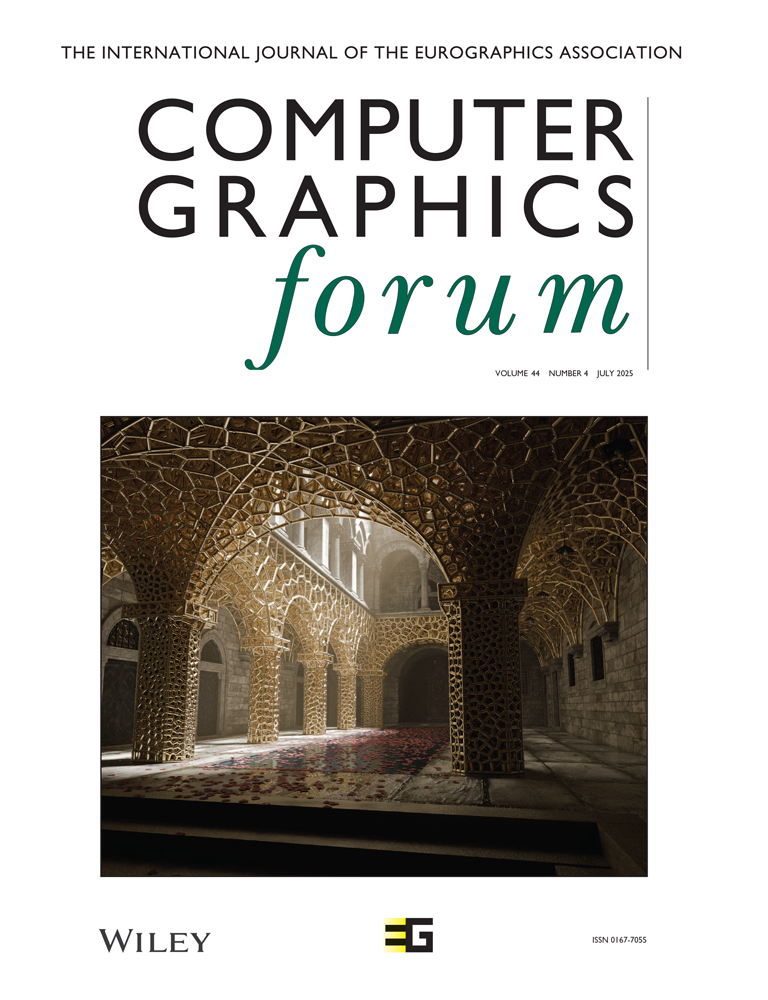A Bernstein-Bézier Based Approach to Soft Tissue Simulation
Abstract
This paper discusses a Finite Element approach for volumetric soft tissue modeling in the context of facial surgery simulation. We elaborate on the underlying physics and address some computational aspects of the finite element discretization.
In contrast to existing approaches speed is not our first concern, but we strive for the highest possible accuracy of simulation. We therefore propose an extension of linear elasticity towards incompressibility and nonlinear material behavior, in order to describe the complex properties of human soft tissue more accurately. Furthermore, we incorporate higher order interpolation functions using a Bernstein-Bézier formulation, which has various advantageous properties, such as its integral polynomial form of arbitrary degree, efficient subdivision schemes, and suitability for geometric modeling and rendering. In addition, the use of tetrahedral Finite Elements does not put any restriction on the geometry of the simulated volumes.
Experimental results obtained from a synthetic block of soft tissue and from the Visible Human Data Set illustrate the performance of the envisioned model.




